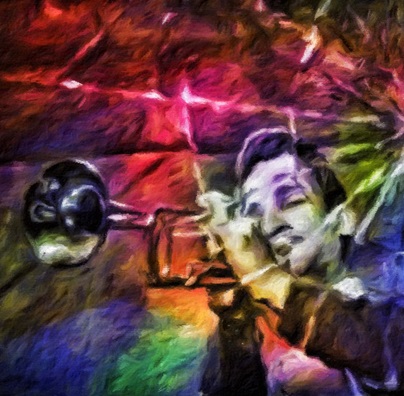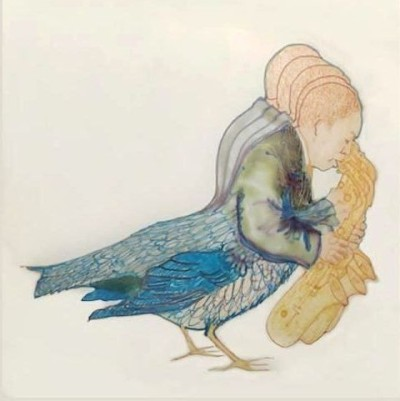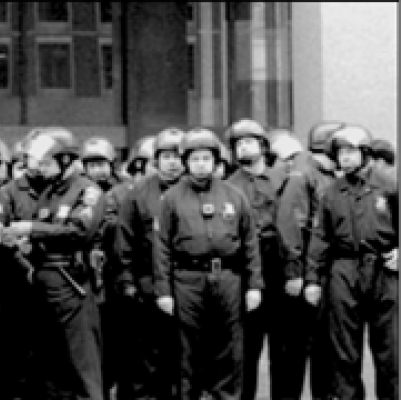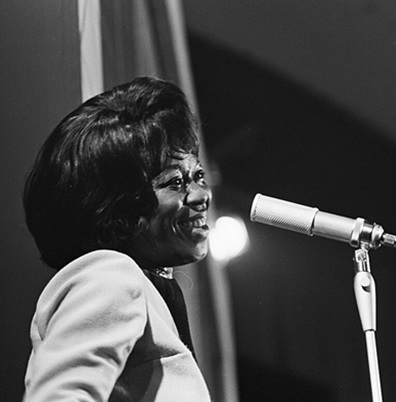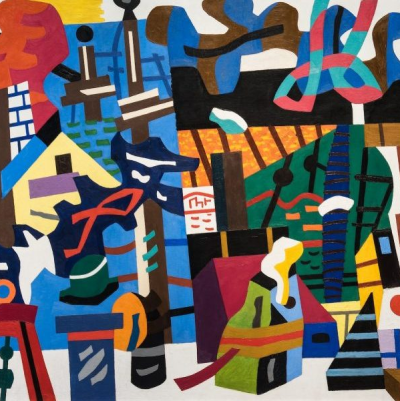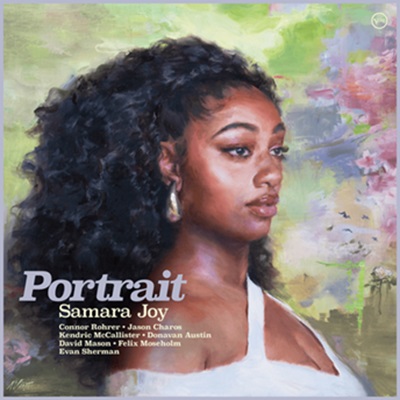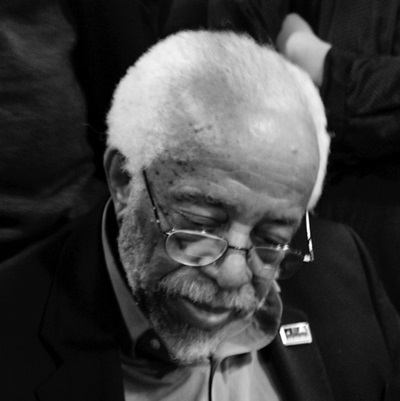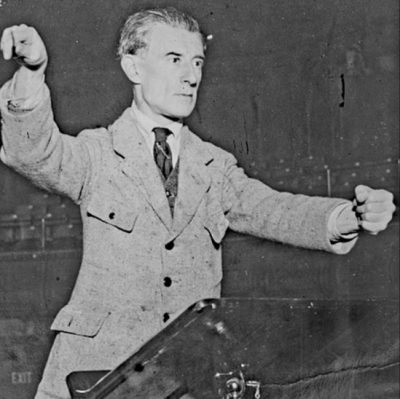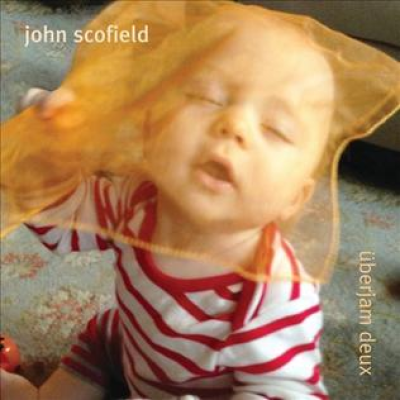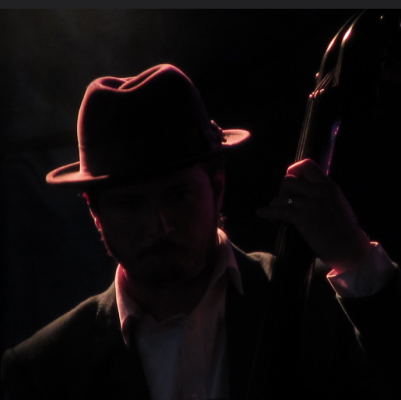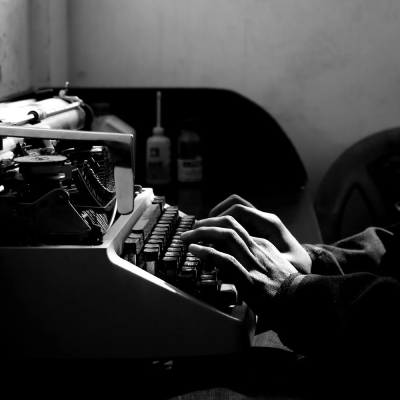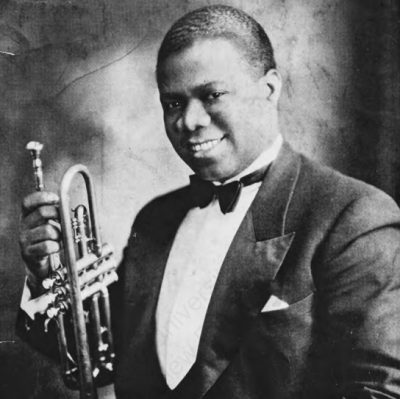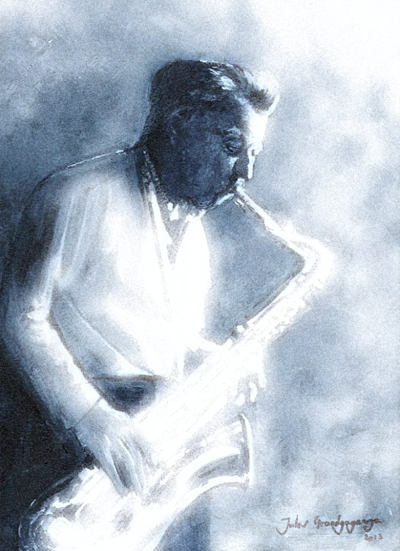.
.
.Kruscha, CC0, via Wikimedia Commons
.
Eerie Moan
by Tim Tomlinson
,
A man steps out of a bar-and-grill on a city street with a cigarette between his fingers smoked down so close to the filter that he takes a final pull and tosses the butt onto the sidewalk where it rolls into other butts and it’s broad daylight, late afternoon and the sun shines through the office buildings and the clocktower where the hands on the clock face haven’t budged past 3:14 in fifty years and the man is in a baggy suit of dark gray and a pocket square wilts above the jacket’s pocket like a white rose on display outside a bodega and the knot of his tie is loose but the tie is held tight to his shirtfront by a tiepin and when the man exhales, the cigarette smoke dissipates in front of the tavern window’s pale pink and blue neon sign in a way that pleases the man, in a way that seems photographic, not that he knows much about photographs but he’s seen a lot of them and the one he’s thinking of now is on the cover of the Paul Butterfield Blues Band’s first album where a group of musicians in the 1960s poses on a city sidewalk on a hot sunny day in what looks like the 1940s, the post-war years that in the man’s imagination seem as if they’re poised between things, not in one era or another but kind of stuck in a pallid present that belongs more to the past and an intangible future that, once it arrives, is going to feel like the record album jumped a track, and he looks one way down the street, then the other, and decides to go that way and does but in just two steps changes his mind and turns back around to go the first way and his hands are deep in the pockets of his baggy trousers where he can feel a few crumpled clammy bills, some coins, and a used toothpick whose tip is blunt and frayed, and he pictures himself like a character in an R. Crumb comic strip plodding along with sagging shoulders down a sidewalk in the dead zone of a blighted city and it’s hard to tell how he feels about any of this with his eyes in the shade of the brim of a trilby that’s had the color rained out of it more times than a film noir detective’s, and now he passes below the open window of a ground floor apartment where a woman rests her elbows on a cushion and her hair is permed and scalloped and gently lifts in the breeze of a fan oscillating in the room behind her, or at least that’s what he thinks because of how still and thick and dead the atmosphere he walks through is, so much so that when the tram bumps by he can feel its heat in the ensuing wake but the heat the tram stirs feels cooler than the day and that’s the sign of something he’s not too sure about but barely ponders because at that moment, from an old tube radio behind the woman’s open window, he hears the groaning woodwinds of Duke Ellington’s “Eerie Moan” and he feels like he’s in the tape loop of a movie that uses that song as soundtrack and it’s a feeling he’s had before coming out of dark bars onto city sidewalks on sunny afternoons and passing below windows occupied by women with permed hair and it is eerie but also familiar and somewhat pleasant and he can think of at least a half dozen worse movies to get stuck in with a half dozen worse songs only he doesn’t want to think of what those might be, at least not now, not until this song reaches its conclusion, which even as half-formed idea sounds absurd, like some idiotic comment he overhears amidst the chatter one banquette over in the tavern of his mind, as if he’s eavesdropping on himself, because he already knows that this song, this clock-stopping song goes on forever and he might as well just stop right where he is, maybe tip his hat to the lady in the window, and wait for the moment when it all begins again.
.
.
___
.
.

Tim Tomlinson is the author of Requiem for the Tree Fort I Set on Fire (poetry) and This Is Not Happening to You (short fiction). Recent work appears in Another Chicago Magazine, Joao Roque Literary Journal, Litro, and Surviving Suicide: A Collection of Poems That May Save a Life (Nirala Press). He’s a co-founder of New York Writers Workshop, and a professor in NYU’s Global Liberal Studies. Visit Tim at timtomlinson.org
.
.
Listen to the 1933 recording of The Duke Ellington Orchestra playing “Eerie Moan”
.
.
Click here for details on how to submit your work
.
.
.







